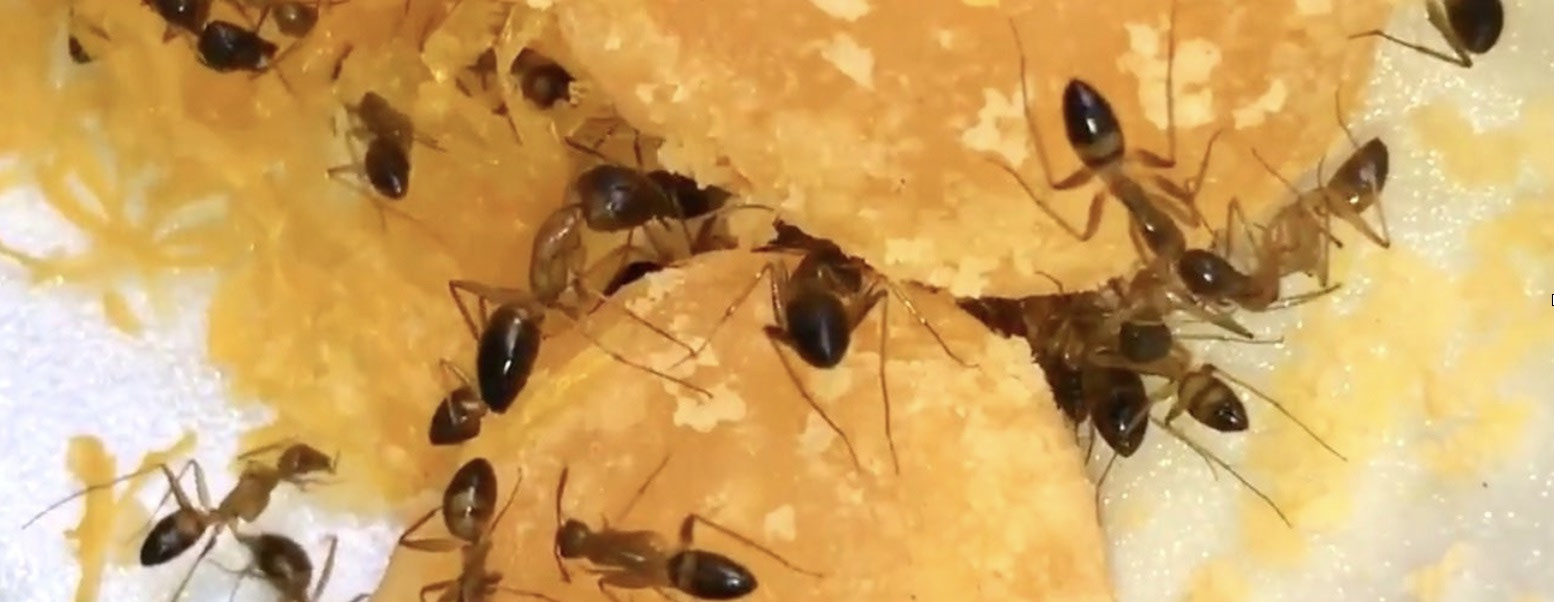Trap and release: What to do with “pesky critters”?

The other day, while driving the Notch Road bisecting Gatineau Park, I saw someone releasing a raccoon from a cage into the forest. He’d caught it in a humane catch-and-release trap and was letting it go into the forest.
I have often reflected on this practice. Many opt to live trap a “nuisance animal” and release it into a “country spot” that “seems like a good place”.
What’s wrong with trapping and releasing nuisance wild animals in humane wild traps? Although I don’t believe it’s good wildlife practice, many people do just this – as do animal control officers.
Good intentions
First, I believe the majority of people appreciate wild animals and don’t wish them harm. Frankly, that’s why people are bothering to catch and release: we believe we are doing a good deed and giving the animal a chance of survival rather than using poisons or killing it.
Wild animals and their territory
However, the Toronto Wildlife Centre website (torontowildlifecentre.com) explains, “It’s a common misconception that a wild animal can survive anywhere—in fact it may even appear that moving an animal from an urban backyard to a ravine, park, or forest will benefit them, since these spaces may seem more “natural.” But the truth is, wild animals have specific home ranges where they are adapted to living.”
These territories are where creatures find their shelter, food, and raise young. During our winters, animals require a cozy den where they have access to food. Right now, animals are putting on fat they require throughout wintertime and/or amassing caches of food for the winter’s duration. Sometimes our homes represent a superb den site.
Relocation
The key point here is for us to recognize that wild animals all have and defend territories. Thus, introduced animals will likely be attacked because they represent an interloper who requires both food and shelter. On this point, the Centre’s website further explains about the chances of survival of transplanted animals.
“Biologists have studied this phenomenon by tracking relocated animals using radio transmitters. A well-known study on relocated Ontario raccoons showed that urban raccoons transplanted to more ‘natural’ settings wandered for long distances after they were released. Many of those wandering raccoons perished soon after, and others that survived the initial period had difficulty finding enough food to gain weight and didn’t last through the winter.”
Therefore, that release “into the country” can introduce a wild animal to a predatory attack, being eaten, or starvation.
What to do?
There are different policies and procedures on this topic... I made several calls using the example of wanting to remove a raccoon denning underneath my front porch (a fabrication). I received varied recommendations.
I telephoned the SPCA de l’Outaouais (819) 243-2004, whose animal control officer said they can rent people a humane cage for the animal’s capture. Then? “Release it into any forest.” When I asked about Quebec’s rules on this, he said this is completely legal here and represents no problems for the animal.
Then I called Ottawa’s Wild Bird Care Centre (613) 828-2849, a rehabilitation centre which I’ve both visited and recommended to people who find injured birds (not mammals). I asked for advice and was advised to educate myself about rules and recommendations by contacting the Rideau Valley Wildlife Sanctuary (RVWS) 616-258-9480. I did, and left a message.
Next was the Canadian Wildlife Federation (613-599-9594). Although I’m a Quebec resident, they too recommended the RVWS, followed by the Wildlife Control Centre (skedaddlewildlife.com/) at 1-877-222-9453.
Here I was told they specialize in eviction: for instance, installing one-way doors in a raccoon’s den entryway, so it is forced to relocate on its own. The specialist explained, “Racoons typically have three or four den sites in an area, so we simply force them to choose another site.” About catch and release? He said it’s not usually recommended or
successful – for the animal.
Finally, I called Quebec’s Ministère des Forêts, de la Faune et des Parcs (1-800-463-2191) where I was told simply to catch and release the raccoon, and was informed this is not illegal in the province.
So there you have it. Despite some of us recognizing there are problems with catch-and-release, the jury is definitely out... particularly in Quebec.
Contact Katharine Fletcher at fletcher.katharine@gmail.com
Photo: Alana Repstock
continue reading






